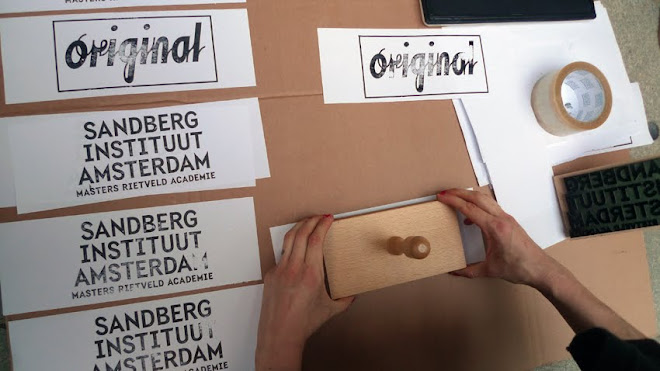student dept. of Applied Arts, Sandberg Institute.
1.
The Xiamen University in China organises a contemporary design exhibition around the concept of copy. The exhibition, named the power of copy is going to take place in Xuzhou, in May 2010.
2.
Looking back at the history of the Applied Arts (in relationship of course to China) one cannot avoid but come across the chinoiserie(1). A French term, meaning
"Chinese-esque", normally used to characterize a European style in art that flourished in the late 17th and 18th…(2)
… a complex phenomenon that has taken many different shapes and produced a wide variety of objects and styling – from splendid works of art and excellent examples of craftsmanship to mass-produced pieces of rubbish(3).
3.
In my work historical facts are playing more and more an important role. I am interested in what has happened, how things looked like and what a re-construction of such facts could mean today.
This exhibition in Xiamen seemed like a perfect opportunity to present work: Thinking of China my first association has been vases. More specifically porcelain vases, the ones that Europeans started importing already since the fifteenth and sixteenth century(4).
Going through digitalized archives, books and catalogues I made photocopies / prints of images that attracted me. Taking these prints as reference I tried to re-construct the shape of the vases (executed in stoneware covered with a slip of porcelain). By zooming-in at the images those vases carried, I took parts of them (the images) and tried to re-construct them by means of on-glaze colours (lusters).
4.
How accurate or authentic are images that we artists and designers use? Where lies the difference between functional objects and sculptures of them? Where is the line between a copy, an interpretation, or a reconstruction? Is copying per se passive? Copying occurred for centuries between east and west;
European craftsmen attempted to imitate the styles and techniques of decorative art imported from the Middle and Far East. Those craftsmen not only copied designs from imported objects, but also adapted these objects in creative ways(5). And if distortions / mutations occured in this process of copy, were they pure accidents or were they projections of the one who was copying? And what do these distortions tell us about the copyist?
5.

Jean-Étienne Liotard (Swiss, 1702–1789), Still Life Tea Set, 1783
-----
(1) chinoiserie |ʃɪnˌwɑːzəri|, noun ( pl. -ries)the imitation or evocation of Chinese motifs and techniques in Western art, furniture, and architecture, esp. in the 18th century.
ORIGIN late 19th cent.: from French, from chinois ‘Chinese.’
(2) Arie Pos, (2008) “Het paviljoen van porselein. Nederlandse literaire chinoiserie en het westerse beeld van China (1250-2007)”, proefschrift (Leiden 2008), https://openaccess.leidenuniv.nl/simple-search?query=Chinoiserie&submit=Go
(3) idem
(4)Munger, Jeffrey, and Alice Cooney Frelinghuysen. "East and West: Chinese Export Porcelain". In Heilbrunn Timeline of Art History. New York: The Metropolitan Museum of Art, 2000 http://www.metmuseum.org/toah/hd/ewpor/hd_ewpor.htm (October 2003)
(5) Imagining the Orient, October 5, 2004–April 3, 2005, http://www.getty.edu/art/exhibitions/orient/






